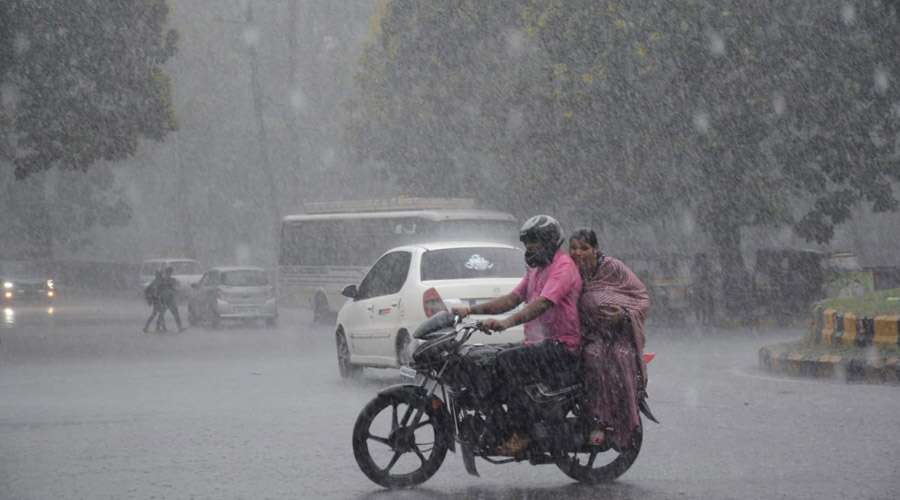Private weather forecasting agency Skymet said on Monday that India is likely to get “below normal” monsoon rains in 2023 with an increasing likelihood of El-Nino, which typically brings dry weather to Asia.
“Likelihood of El Nino is increasing and its probability to become a dominant category during the monsoon is growing large. El Nino return may presage a weaker monsoon,” Skymet managing director, Jatin Singh was quoted as saying in a statement.
The agency said monsoon rains in India will retain its previous view of sub-par monsoon as they are expected to be 94% of the long-term average.
Annual monsoon forecast is expected to be made by the state-run India Meteorological Department soon.
Read also: Agency promotes planting of trees to combat climate change
Nearly half of India’s farmland, which has no irrigation cover, depends on annual June-September rains to grow crops such as rice, corn, cane, cotton and soybeans and Skymet expects northern and central parts of the country to be at risk of being rain deficit.
The weather forecaster said Punjab, Haryana, Rajasthan and Uttar Pradesh, known as the agriculture bowl of North India, are likely to observe less than normal rains during the 2nd half of the season.
Meanwhile, unseasonal rains and hailstorms have damaged ripening, winter-planted crops such as wheat in India’s fertile northern, central and western plains, exposing thousands of farmers to losses and raising the risk of further food price inflation.
Story was adapted from Reuters.
